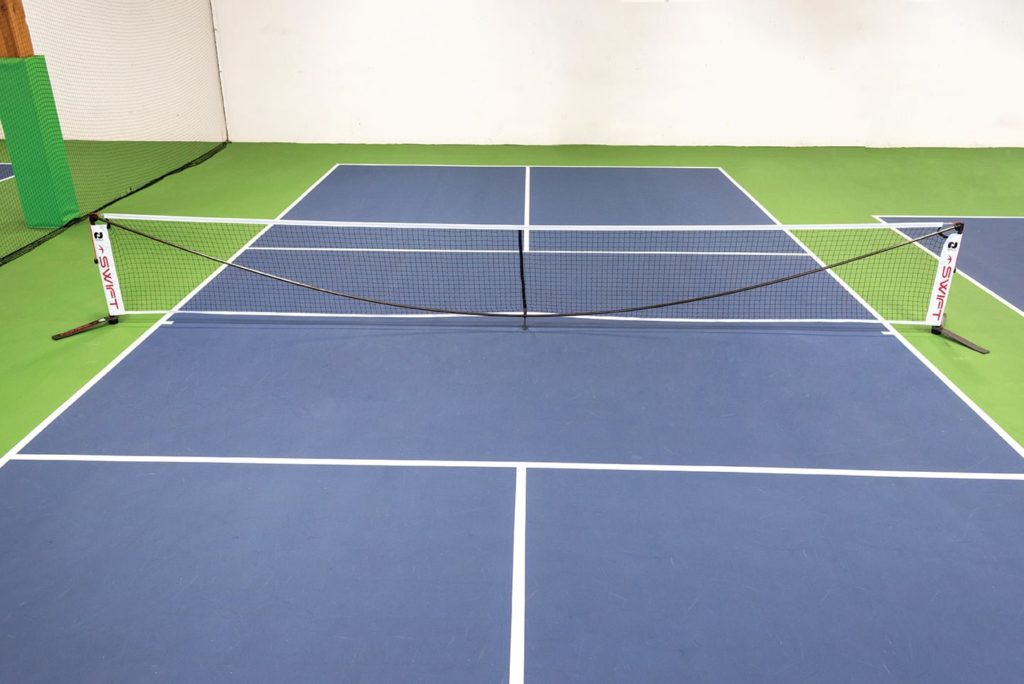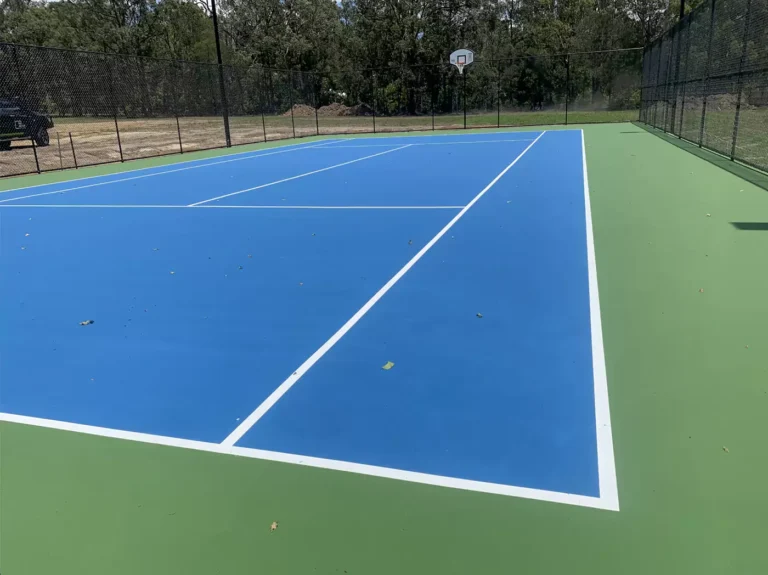Economical Pickleball Court Construction for Homes and Communities
Producing an Inclusive Environment: Accessible Pickleball Court Design
The layout of pickleball courts plays an important role in promoting a comprehensive atmosphere that fits players of all abilities. By focusing on access via thoughtful design concepts, such as smooth surfaces and flexible equipment, we can dramatically enhance involvement and satisfaction for everyone included. In addition, engaging with the community to collect responses is necessary in guaranteeing that these facilities fulfill diverse requirements. The obstacle exists not only in executing these style functions yet additionally in recognizing the more comprehensive effects for area involvement and social incorporation. What approaches can be used to stabilize these complicated aspects efficiently?
Significance of Accessibility in Sports
The importance of access in sports can not be overstated, as it makes certain that individuals of all capabilities can get involved, compete, and take pleasure in exercises. Developing easily accessible sporting activities environments is necessary for fostering inclusivity and promoting a feeling of belonging among diverse populations. When programs and centers are designed with ease of access in mind, barriers are gotten rid of, enabling people with disabilities to engage fully in sporting tasks.
Access in sporting activities not only benefits participants but additionally enriches the community all at once. It motivates cooperation, breaks down stigma, and boosts social interaction amongst individuals with varying abilities. Moreover, easily accessible sporting activities campaigns can motivate a more comprehensive audience to value the value of physical activity, leading to boosted total wellness and well-being in the neighborhood.
Additionally, advertising access lines up with lawful and moral commitments to maintain the rights of individuals with disabilities. By prioritizing inclusivity, sporting activities organizations show their dedication to equality and social obligation. Inevitably, available sporting activities settings create opportunities for individual development, empowerment, and success, guaranteeing that all people can experience the joy and advantages of sports engagement.
Key Style Concepts
Creating obtainable pickleball courts requires careful consideration of particular principles that advertise inclusivity and functionality. The court format should allow for smooth navigating, featuring wide pathways that fit mobility devices and movement tools. Pickleball court construction. The surface area product need to offer adequate grip and shock absorption to lessen the danger of injury for all players, consisting of those with physical challenges
Following, suitable net elevations and article placements need to be standardized, guaranteeing that they are reachable for gamers of differing capabilities. Additionally, making use of contrasting colors for court lines enhances exposure, assisting players with aesthetic disabilities in navigating the court properly.
In addition, seats and resting locations ought to be incorporated throughout the facility, giving sufficient room for individuals to rest without blocking movement pathways. Accessible toilets and altering facilities are additionally important, making certain that all customers have the necessary services.

Adaptive Devices Alternatives
Many flexible devices choices are offered to enhance the pickleball experience for players with diverse capabilities. These alternatives can substantially boost availability, allowing every person to get involved completely in the game.

For players with movement challenges, adaptive sporting activities wheelchairs can be made use of. These wheelchairs are developed for agility on the court, including light-weight frames and progressed maneuverability to enable quick turns and quick motions.
Moreover, ball retrievers can assist gamers with minimal wheelchair in fetching balls that run out reach. These gadgets can try this be particularly beneficial for people who might have a hard time to get to or flex down for the sphere.

Court Layout Factors To Consider
Developing an available pickleball court requires cautious consideration of the design to ensure all gamers can browse the area comfortably and safely. A tactical court format prioritizes the needs of individuals with different flexibility difficulties, guaranteeing fair access to the video game.
First, the court dimensions must abide by basic guidelines while also permitting extra room around the playing area. This barrier zone accommodates players making use of mobility devices or various other wheelchair help, minimizing the danger of accidents and assisting in simple motion. Pathways bring about the court has to be complimentary and wide of challenges, with a company, stable surface area that accommodates all individuals.
In addition, the placement of seating and watching areas is vital (Pickleball court construction). These need to be placed to give clear sightlines to the court without obstructing my latest blog post pathways. Consideration should additionally be provided to the place of signage, which need to be simple and clear to read, consisting of braille Homepage alternatives for aesthetically damaged individuals
Area Interaction and Responses
Engaging the area in the development of obtainable pickleball courts is vital to make certain that the needs and preferences of all possible customers are properly satisfied. This process starts with outreach initiatives that invite feedback from diverse groups, including people with elders, specials needs, and family members. Conducting surveys, focus teams, and community conferences can offer valuable insights right into specific availability challenges and preferred features of the courts.
In addition to collecting input, recurring dialogue fosters a feeling of possession amongst area participants, encouraging them to support for and use the facilities. Cooperation with regional companies and access advocates can better enhance this interaction, ensuring that the design procedure aligns with best practices and standards.
Moreover, integrating comments loopholes right into the project permits modifications based upon real-world usage and user experiences. Post-implementation evaluations can determine locations for improvement, guaranteeing that the courts stay inviting and user-friendly with time. Eventually, prioritizing neighborhood involvement not just enhances the style procedure yet likewise promotes a culture of inclusivity, guaranteeing that available pickleball courts act as vibrant areas for leisure and connection for all people.
Conclusion
Finally, the establishment of easily accessible pickleball courts is important for promoting inclusivity in sporting activities. By prioritizing thoughtful style concepts, integrating flexible devices, and thinking about court layout, facilities can properly fit individuals of all capacities. Moreover, involving the area through feedback makes sure that varied demands are met, fostering an atmosphere that motivates involvement. Eventually, such initiatives add to a more comprehensive sporting activities culture, promoting a feeling of belonging for all individuals in the sport of pickleball.
The layout of pickleball courts plays a crucial role in promoting an inclusive atmosphere that fits players of all capabilities.Engaging the neighborhood in the development of accessible pickleball courts is important to guarantee that the needs and preferences of all potential users are effectively satisfied. Ultimately, focusing on area interaction not just boosts the design procedure but additionally advertises a culture of inclusivity, guaranteeing that available pickleball courts offer as vivid spaces for entertainment and link for all people.
In conclusion, the establishment of available pickleball courts is necessary for advertising inclusivity in sporting activities. By prioritizing thoughtful design principles, integrating adaptive equipment, and considering court layout, centers can successfully suit people of all capacities.